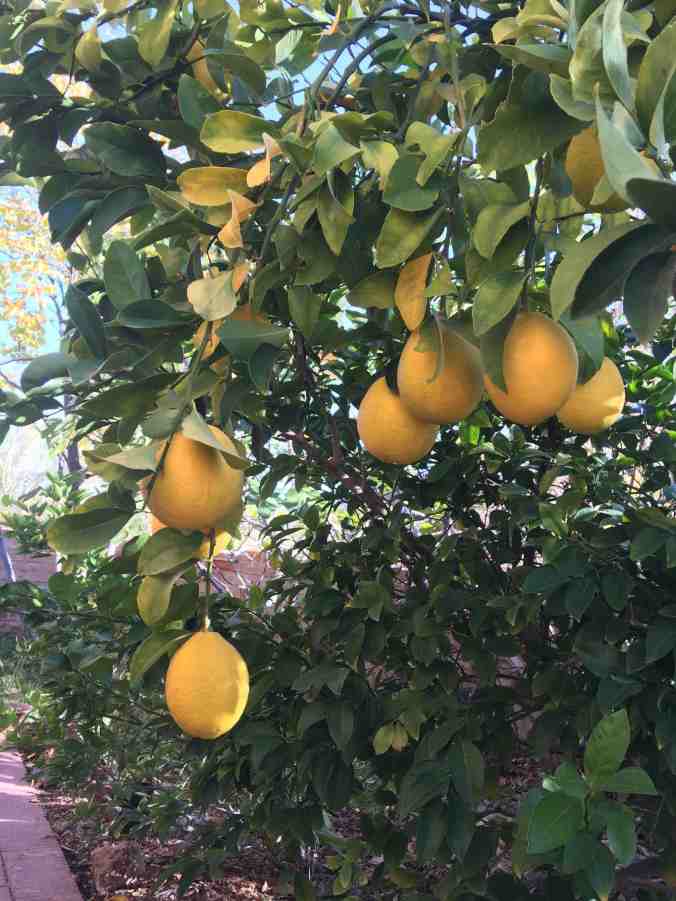
When cooked, these beautiful O’odham tepary beans keep their pleasing integrity, and lend themselves to a diversity of delectable dishes. Read on!
Ancestors of the O’odham–the Desert People and their relatives the Pima or River People–more than 4000 years ago, were gathering wild tepary beans (ba:wi) from the mountains in what we now call the US/Mexico borderlands. They found a way to cultivate these precious beans in summer floodwater gardens and eventually domesticated them! Tia Marta here hailing the gift ba:wi (Phaseolus acutifolius) is to the world–especially in hot, dry climates!

Mixed Tepary Bean soup is perfect for chilly days of winter for an easy and delicious stick-to-the-ribs lunch. It only needs a little salt to bring out the rich flavor of teparies. Other spices can elaborate, but teparies stand on their own just fine.

To make a fancier bean soup, mash cooked teparies for a pleasant creamy texture. Mushroom powder, or kelp, or pimenton, can lead this creamy soup into different delectable directions!….
When a chilly storm sets in in the desert, tepary beans can warm the soul and body.
The most important ingredient in cooking teparies is TIME, t-i-m-e. Plan ahead by soaking your teparies the day before, for at least 8-10 hours. To hasten the soaking process, you could bring a pound of teparies and about 8-10 cups water to a quick boil then let them sit in the same water for several hours. Drain the soaking water and add 8-10 cups good drinking water for cooking. Bring to a boil then simmer (adding more water if needed) for up to 2-3 hours until beans test soft–just beyond al dente. At this point you can create anything with your cooked teparies. Good hearty soups can be the first satisfying treat.

It is so easy to mash your cooked, drained teparies. To refry teparies, just add some olive oil or butter to your fry pan and mash them as they bubble–the good old fashioned way. Or the quick fix: whirl them to desired creaminess in the food-processor.

Partially mashed then refried teparies complement eggs and toast or tortilla for a hearty and delicious breakfast!
It’s worth being reminded–mentally jolted–that teparies’ gift of super-nutrition is off the charts: One fifth of a tepary serving is protein! Their slowly-digested complex carbs measure 22% Daily Value and their dietary fiber is a whopping 100%-173%–both acting as perfect balancers of blood-sugar and digestive support. When it comes to important minerals, consider tepary’s iron at 20-30%; calcium for bones at 20-25%; magnesium 10-40% and potassium 48% as electrolytes and body building blocks.

Energize your refried teparies with your favorite chile spices, cumin powder, and/or hot sauce and voila! –you have an instant healthy dip that keeps for a week in the frig–if it doesn’t get eaten up right away! “Serving suggestion”–serve teparies with blue corn chips for a complete protein. Yummmm!

The BEST vegetarian burrito you will ever eat!!–This is the famous Tepary Burrito made with our local red and white mixed O’odham ba:wi–full of flavor, substantial high-protein nutrition, and sustained energy!
You can dress teparies up or down with garlic, chiles mild or picante, cumin seed, toasted onions, oregano, cilantro, cheeses, or even a ham hock–variations are endless. Check out archived recipe ideas by writing “tepary” in the search box above.
You can find our delectable red-and-white Native American Tepary Mix in person at Tucson’s amazing Mission Garden Wednesdays thru Saturdays, 8am-2pm (come masked for a special socially distanced experience). The Native American Tepary Mix is also available online at NativeSeedsSEARCH, and www.flordemayoarts.com. Individual tepary bean colors are available from Ramona Farms and NativeSeedsSEARCH.
Happy tepary tasting–to your good health!

































































